Wireless Sensor Network for Remote Locations
Overview
This project was designed in my senior year of highschool. Presented the wireless sensor system and ran a workshop at the SMART program a program funded by the National Science Foundation.
This project focuses on designing a wireless sensor network for long-term data monitoring in remote locations. The system ensures reliable and consistent data retrieval over extended periods without the need for on-site visits. This innovation saves time, reduces costs, and enhances data sampling efficiency.
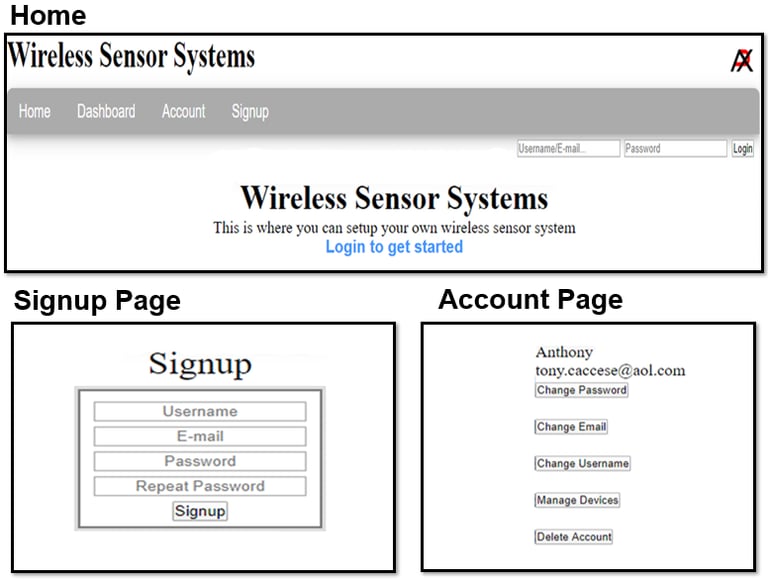

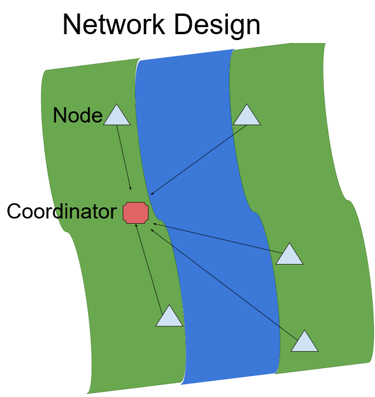

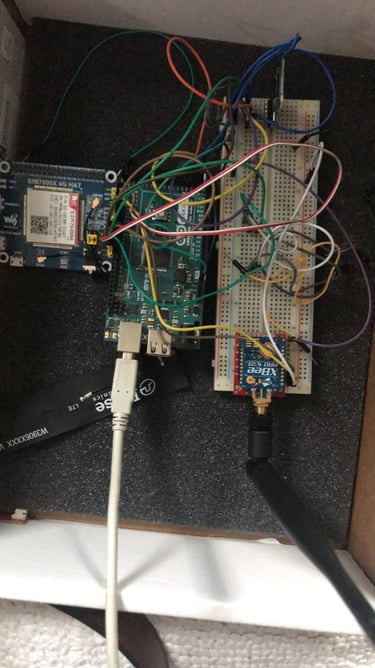

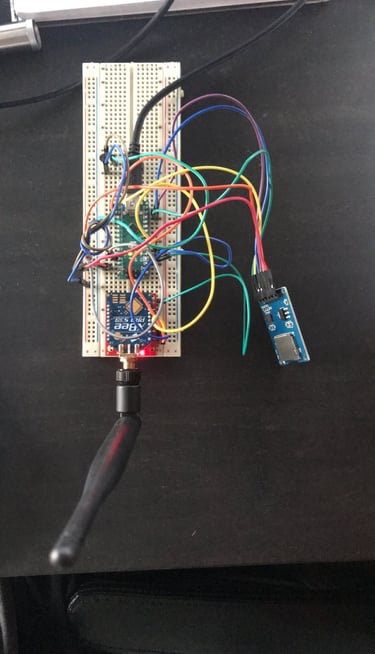

Coordinator
Node
Design and Components
To achieve the project's goal, various mainstream wireless communication methods were evaluated, including Infrared, Bluetooth, Wi-Fi, Zigbee, and Cellular. After analyzing their frequency ranges, data transmission speeds, and coverage, a combination of 4G Cellular and Zigbee was selected for maximum reliability and internet access.
The system was developed in three stages:
Cellular Communication: Implemented using a SIM7600A 4G Cellular Shield and a Hologram SIM Card.
Zigbee Communication: Facilitated by the use of XBee Pro modules.
Integration and Website Development: Merging the systems and creating a web platform for data access.
The network uses a Star Topology with a coordinator and multiple nodes. Communication is limited to node-to-coordinator, ensuring efficient and organized data flow.
Website and User Interface
The website serves as the communication bridge between the wireless sensor network and the end-user. It features:
Home Page: Overview of the system and project.
Signup Page: User registration and account creation.
Account Page: Device and data management.
Device Management Page: Add devices using IMEI numbers and configure experiments.
Dashboard: Real-time data visualization and monitoring.
The website's client-server communication allows users to remotely access and control data collection, enhancing the system's usability and accessibility.
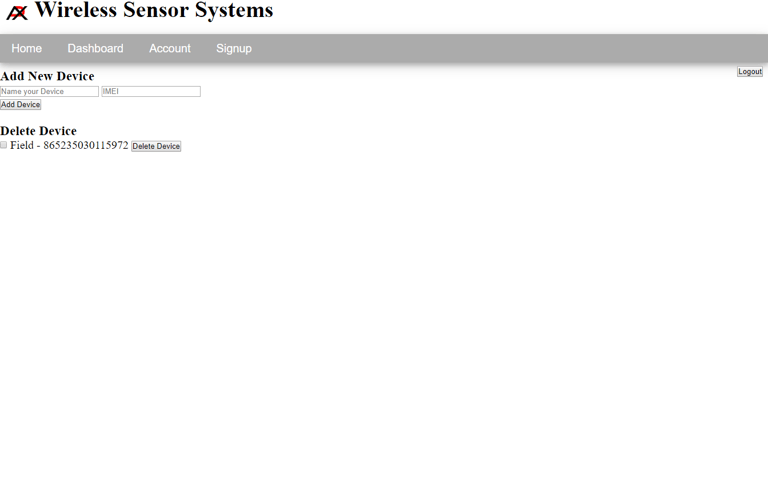

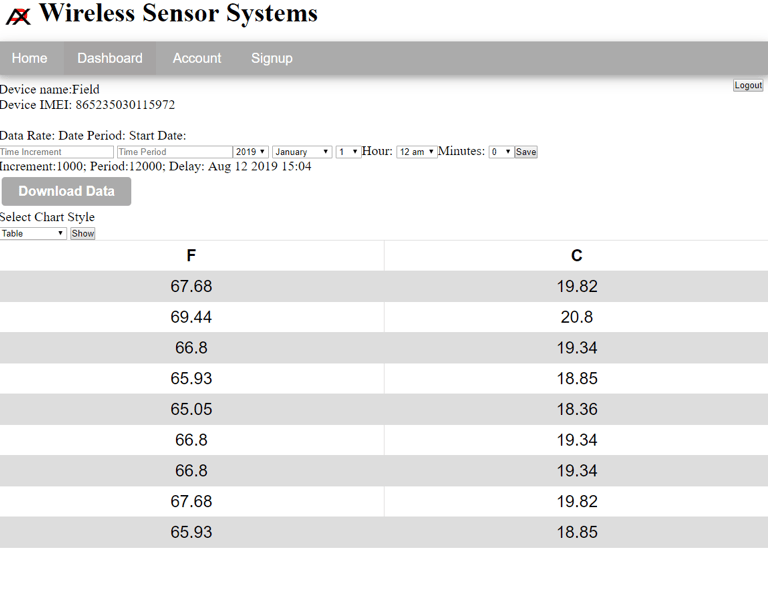

Device Management Page
Dashboard
Conclusion
This project successfully designed a wireless sensor network capable of long-term remote data monitoring. It achieved 100% data transmission accuracy during a 4.5-hour test via FTP, demonstrating its potential for reliable data collection. The web interface allows users to configure devices, monitor experiments, and access data remotely, significantly reducing the need for on-site visits.
This system offers a scalable and efficient solution for ecological research, environmental monitoring, and other remote sensing applications.
If you're interested in more of the details I've attached my poster and research paper.